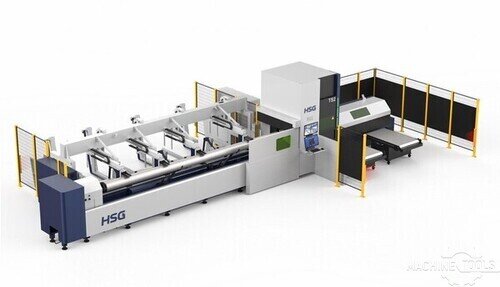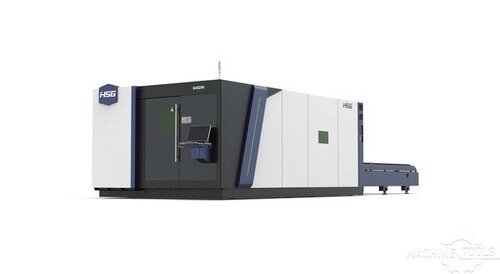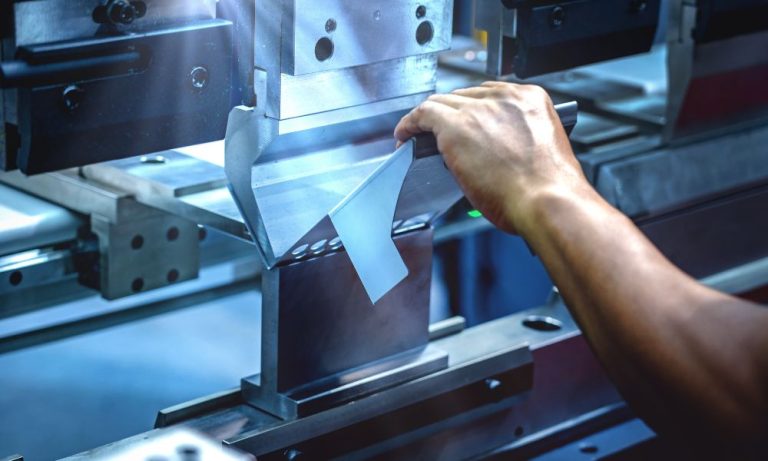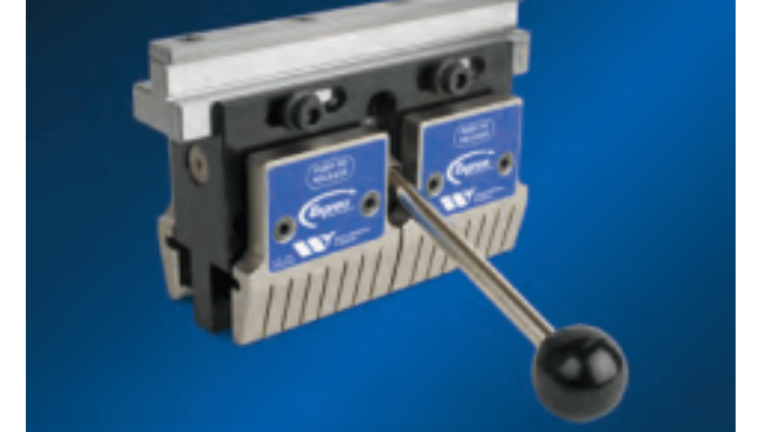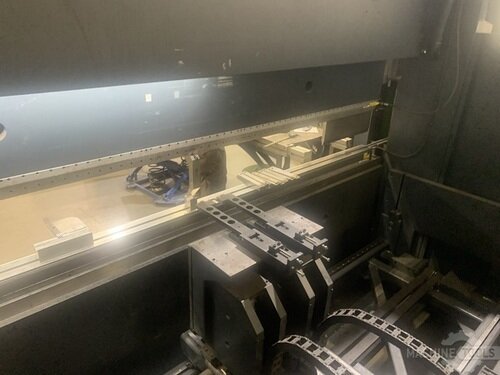When I walk into a fabrication shop, I’m not just looking at machines—I’m listening to the flow of production, the conversations about bottlenecks, and the stories behind every part made. As a Regional Sales Executive at Mac-Tech, I’ve spent years helping fabricators of all sizes solve real-world challenges. I know that the right equipment upgrade isn’t just about horsepower or speed; it’s about matching technology to your shop’s unique workflow and long-term goals. One of the biggest questions I get today is about the value of high-power fiber lasers, especially those in the 30kW range. Let’s dig into when these machines make sense, and when a more tailored approach delivers better results.
Understanding the ROI Potential of 30kW Fiber Lasers in Modern Fabrication
The leap from standard 6–12kW fiber lasers to 30kW is dramatic, and so is the potential impact on your bottom line. With the right application, these machines can triple cutting speeds, slice through thick plate with ease, and open new doors for high-mix, high-volume production. But ROI isn’t just about speed. It’s about how quickly you can turn jobs, reduce secondary processes, and deliver parts with fewer touch points.
High-power fiber lasers shine brightest when you’re processing large volumes of thick materials or need to cut faster without sacrificing edge quality. In these scenarios, the increased throughput directly translates into more jobs completed per shift, lower labor costs, and the ability to take on work your competitors can’t match. However, if your parts are primarily thin-gauge or your volume is steady but not explosive, a 30kW laser might be more muscle than you need. The key is to analyze your job mix, material thickness, and growth projections before making the leap.
Tailoring Equipment Choices: Matching Laser Power to Press Brake and Material Needs
Selecting a 30kW fiber laser is only part of the story. The real magic happens when you pair laser capacity with the right downstream equipment—especially press brakes and automation. If your laser can outpace your bending department, you’ll simply move the bottleneck instead of eliminating it. I always advise customers to look at the full process: Can your press brakes handle the increased volume and thicker parts? Are your operators trained to keep up with faster cycle times?
Material selection also plays a huge role. If you’re cutting a lot of 1-inch plate or heavy tube, the power of a 30kW laser can be a game changer. But for thin sheet metal or mixed materials, a smaller, more flexible system may yield better overall efficiency. Matching laser wattage to your most common jobs, and ensuring your press brakes and tooling are up to the task, is where ROI is truly won.
Real-World Efficiency Gains: Overcoming Bottlenecks in Sheet, Plate, and Tube Cutting
I’ve seen shops double their output virtually overnight by upgrading to high-power lasers, but only when the rest of the production line is ready to keep pace. For example, one customer processing thick stainless plate was running at full capacity with a 10kW laser. After upgrading to 30kW, their cut times dropped by more than half, but they quickly realized their material handling and bending operations needed an upgrade too. By investing in automation and matching their press brake capabilities, they unlocked the full potential of their new laser.
The story is similar in tube cutting. A 30kW fiber laser can process heavy-wall tube at speeds that were unthinkable just a few years ago. This not only reduces lead times but also opens up new opportunities for value-added services. The bottom line: efficiency gains from high-power lasers are real, but only if you approach the investment as part of a complete, balanced workflow.
HSG TS2 HIGH SPEED TUBE FIBER LASER CUTTING MACHINE
HSG 3015H 12KW
Maximizing Tooling Performance: Insights from the Shop Floor
High-power lasers and advanced press brakes demand more from your tooling. Edge quality, tool life, and setup times all factor into the true cost per part. I encourage my customers to invest in premium tooling and regular maintenance, as inferior tools can quickly eat into the gains from faster cutting and bending. The right tooling setup minimizes downtime, ensures consistent part quality, and protects your investment in both the laser and the press brake.
On the shop floor, I’ve seen the benefits of smart tooling choices firsthand. Quick-change tooling, precision-ground dies, and automated tool changers can shave minutes off every setup. These savings add up fast, especially when paired with the speed and versatility of a 30kW laser. For shops with high product mix or frequent changeovers, investing in tooling is just as important as investing in machinery.
Building Lasting Value: Strategic Partnerships and Support for Sustainable Growth
A 30kW fiber laser is a major investment, and so is the relationship you build with your equipment supplier. At Mac-Tech, we believe the sale is just the beginning. Ongoing support, training, and process optimization are critical to ensuring you get the most from your new technology. I work closely with every customer to fine-tune machine settings, troubleshoot bottlenecks, and identify opportunities for continuous improvement.
Sustainable growth comes from making smart choices—not just about equipment, but about the partners you trust. Whether you’re upgrading a single machine or rethinking your entire production line, look for a supplier who understands your business, prioritizes service, and stands behind their products. That’s how you build lasting value and stay ahead in a competitive market.
Frequently Asked Questions
How do I know if a 30kW fiber laser is right for my shop?
Consider your material thickness, production volume, and bottlenecks. High-power lasers are best for thick plate, heavy tube, or high-volume work.
Will my current press brakes keep up with a 30kW laser?
Only if their capacity and automation match the laser’s output. It’s crucial to evaluate your entire workflow, not just the cutting step.
Are there hidden costs to running high-power lasers?
Higher power can mean increased consumable wear and energy use, but these are often offset by greater throughput and reduced labor.
Can I upgrade my tooling to keep up with faster production?
Absolutely. Premium tooling, quick-change systems, and regular maintenance are key to maximizing efficiency and part quality.
What kind of support should I expect after installation?
Look for a supplier who offers training, process optimization, and responsive service to help you get the most from your investment.
Is automation necessary with a 30kW fiber laser?
While not mandatory, automation is highly recommended to avoid shifting bottlenecks and to maximize ROI.
Get Weekly Mac-Tech News & Updates

